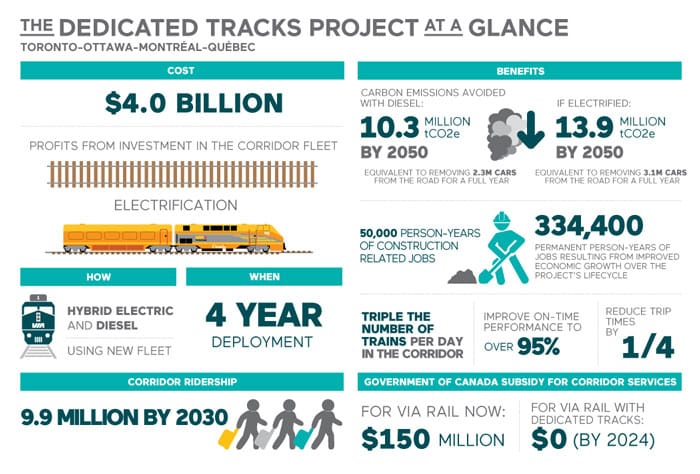SaugeenJunction
Senior Member
Not directly a GO project, but the Bellville underpass on the lower Don Trail is wrapping up construction and features re-laying part of the Metrolinx Don Branch where the underpass was built - here are some pictures! The line looks very grown-in, but with chatter about VIA using the line for their HFR project, maybe it won't be this way for long!
Aiming to Reopen Trail in July – Date to be Determined

"Tracks Removed: The rail bed on top of the Underpass, before laying the new track ballast and rails"

"Tracks Replaced: City contractors have replaced the rail line above the Belleville underpass and largely completed the earthworks around the new structure."
Update on the Don Branch, which may be used for VIA's HFR project!






